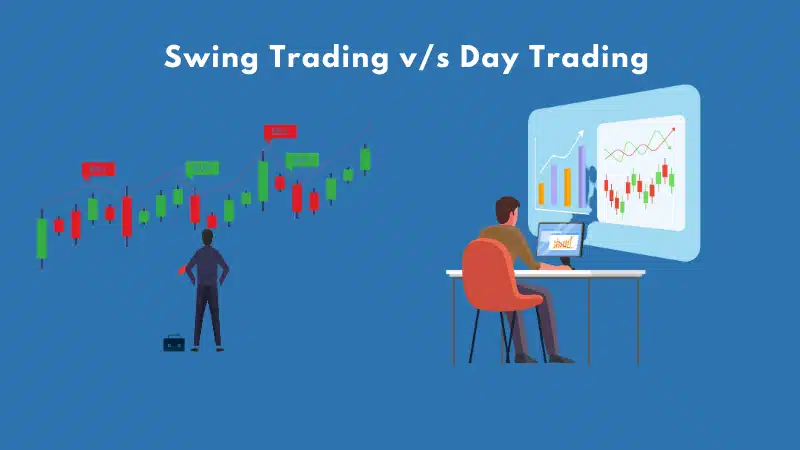In the world of financial markets, trading strategies play a pivotal role in shaping investment decisions. Two popular approaches that often garner attention are day trading and swing trading. Each strategy offers distinct characteristics and appeals to different types of traders. In this blog, we will delve into the nuances of day trading and swing trading, examining their key features, advantages, and considerations to help you gain a comprehensive understanding of these trading methodologies.
Day Trading: Seizing Opportunities within a Single Day
Day trading involves the execution of trades within the same trading day, with positions typically being opened and closed within a short timeframe. This fast-paced approach requires traders to closely monitor the market, making quick decisions based on intraday price movements. Day traders often leverage technical analysis and short-term indicators to identify potential opportunities, aiming to capitalize on small price movements.
One of the defining aspects of day trading is its high level of activity and intensity. Traders need to be disciplined, mentally sharp, and well-versed in risk management. The potential for substantial gains exists, but day trading also carries a heightened level of risk due to the rapid nature of trading decisions.
Swing Trading: Riding Momentum for Short to Medium-Term Profits
In contrast, swing trading involves a more relaxed time horizon, with trades typically held for several days to weeks. Traders employing swing trading techniques focus on capturing price swings or “swings” within a larger trend. This approach often integrates fundamental analysis alongside technical indicators to identify favorable entry and exit points.
Swing trading requires a keen understanding of market trends and potential catalysts that can drive price movements over the short to medium term. Traders seek to harness momentum in the markets, aiming to profit from larger price movements compared to day trading. Position sizing and risk management remain crucial elements in swing trading, as traders aim to let winning trades run while limiting losses.
Comparative Analysis: Key Differences and Considerations
When comparing day trading and swing trading, several key differences become apparent. Day trading demands constant attention to the markets throughout the trading day, requiring a significant time commitment. In contrast, swing trading provides more flexibility, allowing individuals with full-time occupations to engage in trading activities outside of market hours.
Additionally, risk management varies between the two approaches, with day trading exposing traders to rapid price fluctuations, potentially leading to significant losses if not managed effectively. Swing trading, while still carrying inherent risk, offers a slightly more forgiving pace, permitting traders to make strategic decisions with a broader view of market movements.
It is also important to consider individual trading preferences and psychological factors when choosing between these strategies. Traders should assess their risk tolerance, time availability, and affinity for shorter versus longer-term trading horizons. Understanding personal strengths and limitations can significantly influence the suitability of day trading or swing trading as a preferred approach.
Final Thoughts: Tailoring Strategies to Your Trading Style
In conclusion, both day trading and swing trading present viable options for traders seeking to navigate the dynamic world of financial markets. It is crucial to weigh the pros and cons of each approach and align them with your personal trading style and goals. Whether you thrive in the intensity of rapid intraday movements or prefer the strategic patience of capturing medium-term trends, selecting the right trading strategy can significantly impact your trading journey.
Ultimately, the decision between day trading and swing trading hinges on a multitude of factors, including market conditions, individual preferences, and risk tolerance. By gaining a comprehensive understanding of these trading methodologies, traders can make informed decisions and craft a tailored approach that aligns with their aspirations in the financial markets.
Be sure to stay informed as we explore various trading strategies and provide insights to empower your trading endeavors.
Happy trading!








Leave a Reply